It’s nothing profound to say that most bad games are based on bad ideas. For instance, everyone knew that the decision to make fallout an online-only multiplayer survival game would result in 76 being terrible. The writing was always on the wall even if people constantly tried to ignore it, of course. While it’s frustrating to see a bad release botcher bad idea, it’s another thing entirely when a project has unique aspirations but not the talent behind the scenes to realize them. These are instances where developers have something special on their hands and fans can do nothing but idly sit by and watch the promise of the said concept is fumbled like the developers are in one of those cheesy American infomercials.
Dont hold you waiting longer, below are nine amazing ideas that was wasted on terrible video games.
Number 9: Silence idea - title The Quiet Man
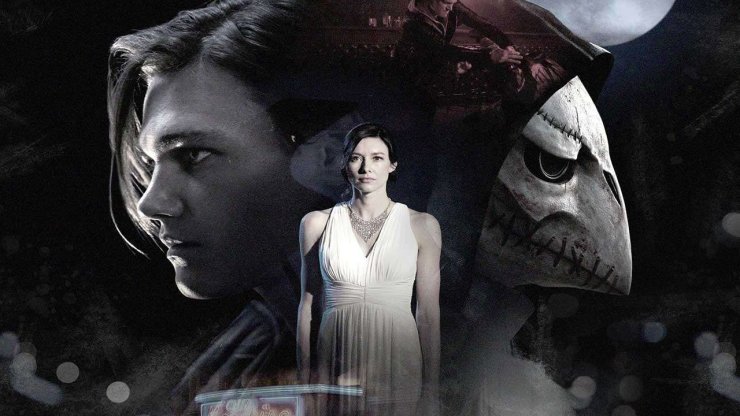
Despite its weird marketing, the quiet man had a noble ambition at heart. Similar to what ninja theory attempted to do for mental health with hell bled by taking the underrepresented topic in gaming and doing it justice in an experimental indie, Square Enix aims to deliver an experience that would reflect what it would be like to be a deaf video game protagonist. Aside from a couple of key sequences, you are put into the head of hero Dan with most of the sound being muted and few subtitles being shown on the screen to let you know what’s actually being said. The plot is difficult to piece together which could have actually made for a great challenge on the player part in any other games because while the ideas at the heart of the quiet man are solid, Square Enix violently shut the bed at every level of execution. The plot itself is a shambles even when you know what’s going on. The plot was described to have nothing to blend seamlessly with the gameplay which in itself is trite mundane and barely keeps you interested for the two-and-a-half-hour runtime. In fact, the story mode is so nonsensical other developers included a sound on a mode that unlocks for second play so you can actually hear the dialogue and make sense of everything, kinda goes against the whole point of the game but sure.
Number 8: Alternate History WWII idea - title Turning point: Fall of Liberty
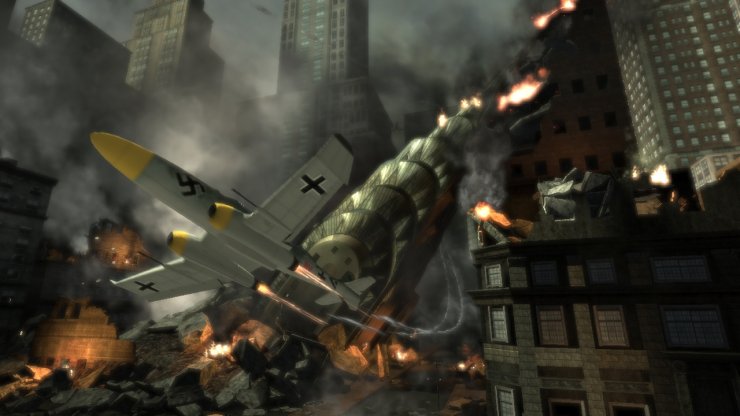
Even though there are plenty of World War II shooters back in the day, most of them stuck pretty close to the reality of the conflict. Sure you had your Wolfenstein which emphasized the Nazis preoccupation with the occult and tech, but few left properly into the realm of alternate history. However, Turning Point was one of the few notable releases in the 2000s which tried just that. Set in an alternate reality where Churchill died in the 1930s, Europe was fully invaded by the Third Reich in the USA Isolationism kept them out of the war entirely. Codemasters first-person shooter picked up in the aftermath of this version of WWII. It was a cool backdrop to fight against as well as players were put into the shoes of an everyman resistance soldier as the Nazi forces attempted to invade America. Unfortunately, cool IDs and striking images only get you so far. The gameplay itself should only exist in museum in comparsion to the more modern shooters at that time like Call of Duty. Not only that but the devs didn’t actually capitalize on their imaginative concept using it to deliver an uninspired and surprisingly generic military tale.
Number 7: Fragile Alliance idea - title Kane and Lynch: Dead Men
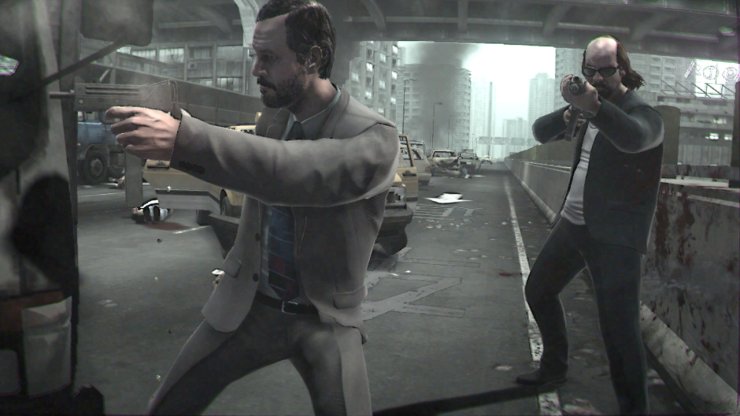
The Kane and Lynch series crashed and burned, but you can’t say that it did not at least try to do something new. Casting you is too abhorrent criminals on the run from the laws, the two flawed titles through everything in the wall in the hopes of becoming the next big shooter title but unfortunately, they did not have the fundamentals nailed down enough to capture an audience as big as the publisher wanted. The series did have a cracking multiplayer switch fell with the fragile alliance mode featuring a bunch of players on the rob and tried to escape to a getaway car without being killed. The twist was, however, that you could turn on your team at any moment and attempt to take all the money for yourself. Whether you are playing with friends or random online, there was a sense of fear in every match around if or when it was going to turn into the beginning of the Dark Knight. Of course, neither Kane and Lynch game had enough gunplay to support this general idea nor all of the releases really pick up the idea since.
Number 6: Realistic Fire Puzzles idea - title Alone in The Dark
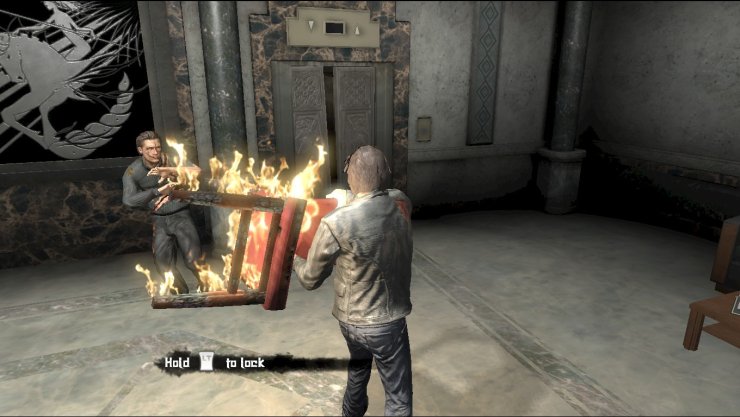
The alone in the dark series has not enjoyed the same longevity as similar franchises like Resident Evil or Silent Hill. In fact, it pretty much picked with the first game although there was an attempt to resuscitate its lifeless corpse with a full reboot in 2008. It was bad, but the idea is that the core of it would be done justice in other better games, the Episodic DVD like the structure of the narrative would be adopted in everything from Call of Duty to Alan Wake. While it was a preoccupation with lifelike fire would fully be realized in games like Far Cry 2. It was that latter feature which was clearly the selling point of the reboot though. There’s a huge chunk of the gameplay based around solving fire based puzzles. That alone was pretty jaw-dropping for the time his lifelike fire that actually behaves like real fire was just unprecedented. However, while that made for impressive pre-release trailers when players got their hands on the result, it became clear that most of the dev's time are being put into perfecting the realism of the flickering flames rather than creating a compelling game to put them in.
Number 5: Body Hopping idea - title Driver: San Francisco
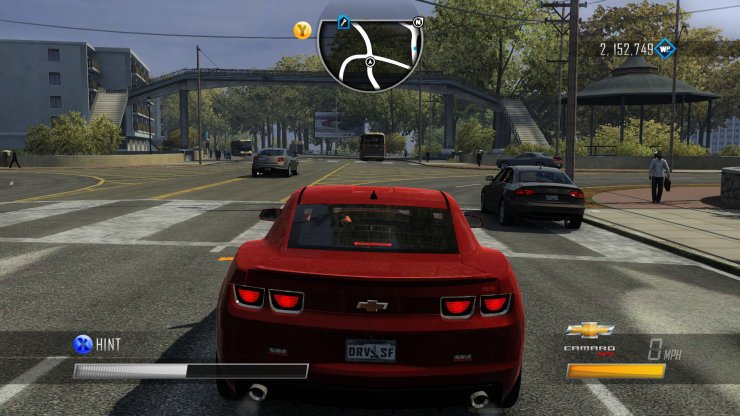
While driver was actually the first crime game to realize admittedly rudimentary fully 3D open world where GTA only went from strength to strength until it became bigger than everything. Ubisoft’s title fell by the wayside before fizzling out entirely with Driver: San Francisco. Going back to its roots and opting for a more old-school experience where driving was once again key, the sequel did introduce one new unique feature: Shift. The mechanic allows you to jump into different cars and minds via teleportation which replaced the ability to actually get out of your car and take control of a new vehicle. Though that might sound like a step back, it actually made for a rather unique gameplay loop. Its jumping to new cars was instantaneous and opened up a wealth of different ways to finish each level rather than simply sticking to the one Cruiser you started with. Of course, Ubisoft didn’t go anywhere near far enough with the concept, and while it was cool, it ultimately didn’t live up to its potential.
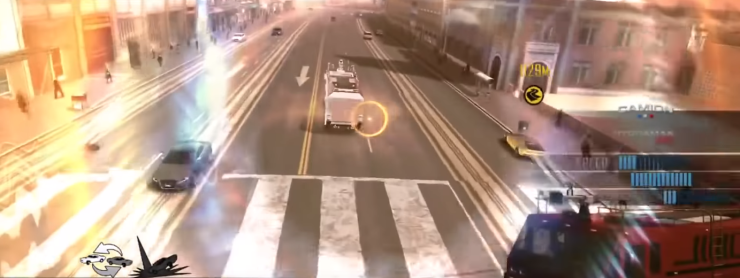
Number 4: An Unreliable Protagonist idea - title Haze
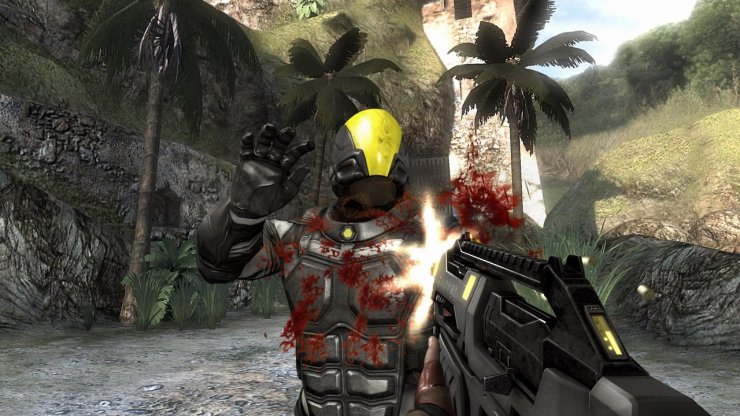
Even though it was effectively being destroyed by Ubisoft wanting it to be the next Halo. Free Radical’s underwhelming Haze did still have a couple of good ideas fueling it, in particular, was the central narrative hook which had you jumping in the shoes of a futuristic soldier hooped up on nectar, an experimental drug that it turned out had pretty intense hallucinogenic properties. Not only did it make you better at killing, but it also made it easier to kill by warping the mind of its users so that they couldn’t actually see the horrors of what they were doing. It played with some pretty lofty themes before the likes of spec ops the line would do it more elegantly. But even now an Unreliable Protagonist whose own mind not to be trusted has sadly not been experimented with, and it still hurts to see it squandered on Haze, the Halo killer.
Number 3: A Multiplayer Telltale Style Story idea - title Hidden Agenda
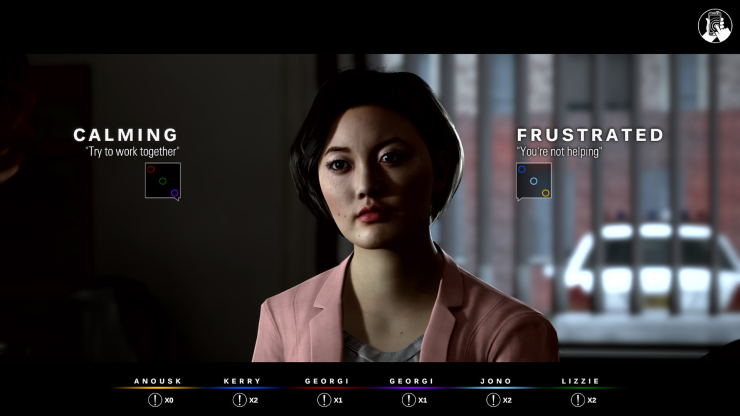
Supermassive Games developer came out of nowhere to announce themselves as the new authority on story-driven choose your own adventure title with Until Dawn, but they proceeded to experiment with their genres ever since. Between some varying attempts at some VR titles like Rush of blood (this is a good game) and Bravo Team (this is not a good game) was Hidden Agenda, a game which on the surface looks pretty unique. It was essentially a detective game with a mechanic similar to Until Dawn, only this time around, other players had influences over the story. It was still only one player controlling the experience outright, but others were allowed to jump into the title via play link and vote on vital narrative decisions. There was a competitive mode as well where one player would receive a secret objective and actually have to work against the others without being found out. Sadly, the result was awkward as all hell with the story itself not exactly being the riveting detective thriller many were expecting.
Number 2: Hacking into enemies idea - title Mindjack
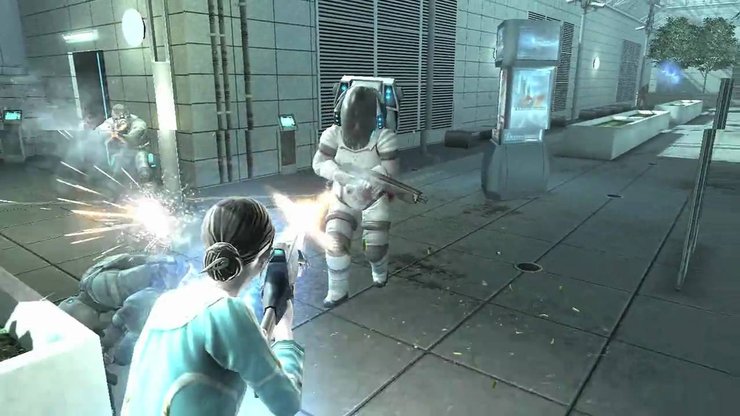
When Mindjack released back in 2011, it was widely derided as one of the worst games of the year immediately poised to be one of the worst games of the decade. The title received criticism for its horrible gameplay and terrible graphics, but most importantly for squandering a surprisingly great idea. Long before watchdogs would attempt something similar, the unique selling point of Minejack was packing with players being able to jump into the bodies of enemies directly or indirectly by making them AI allies. Not only that, but there was an online component that let other players hack into your single player campaign taking control of enemies in attempting to halt your progress. Unfortunately, the implementation was about as rudimentary as everything else in the game, and it couldn’t save the ship from going down to the bottom of the sea.
Number 1: An immortal protagonist idea - title Neverdead

Wolverine is not the the best of the X-men only because he likes to save Bub a lot and has adamantium claws coming out of his fists, but because he has the ability to take as much punishment as possible and still win a fight. The idea of a protagonist being virtually invincible and yet still feeling pain sadly has made its way over to video game, however. Despite death only ever being a minor setback in this medium, the truly abysmal Neverdead did feature an immortal playable character, however which was just about the only good feature it had going friend. During gameplay watches your hero degraded the more it has hit, losing limbs and chunks of as flesh as fights got more intense, it provided some cool visual. His arms would pop off like they were held together with sticky tape or something, and it felt awesome to push through the punishment and tear apart the monster trying to kill you. Unfortunately, while that was all impressive at the moment, it could not save the game from being a total mess mechanically and narratively and receiving some of the worse critical scores of the decade so far
So that is our list of really terrible video games that surprisingly contain great ideas. Let us know if you want to suggest any other games for this list.










Comments